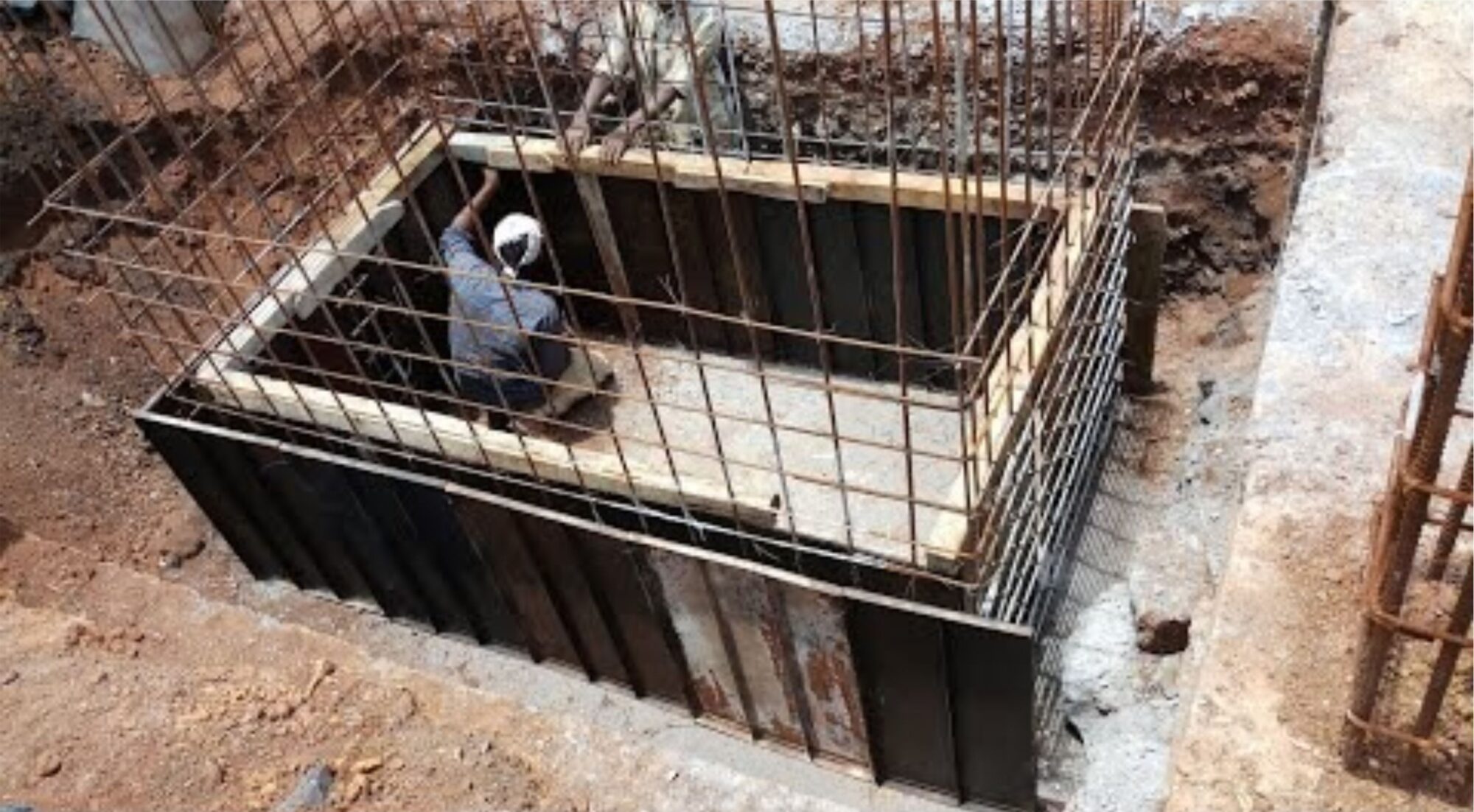When it comes to building structures that deal with water every day, like tanks, dams, and sewage treatment plants, the materials used need to be tough, long-lasting, and resistant to corrosion. That’s where GFRP Rebar comes in. Let’s break it down.
What is GFRP Rebar?
GFRP, Glass Fiber Reinforced Polymer, is a type of rebar (the steel rods you find inside concrete) made from a combination of glass fibers and a special polymer resin. Instead of using traditional steel rebars, GFRP offers a smarter, more durable alternative, especially for water-heavy environments.
Why is GFRP Rebar a better choice?
Here’s why GFRP is ideal for water tanks, dams, and sewage plants:
1. It Doesn’t Rust
This is the biggest advantage. Steel corrodes over time when it comes in contact with water, chemicals, or salt. But GFRP doesn’t rust at all, making it perfect for use in:
- Underground water tanks
- Coastal and marine structures
- Sewage and wastewater treatment plants
2. Longer Life, Less Maintenance
Because it doesn’t corrode, GFRP extends the life of the structure. That means fewer repairs, fewer shutdowns, and lower maintenance costs over time.
3. Lightweight Yet Strong
GFRP is up to 4 times lighter than steel, but still incredibly strong. This makes it easier to transport, handle, and install, especially in remote or hard-to-reach construction sites like dams or deep tank foundations.
4. Chemically Resistant
Sewage plants and water treatment facilities come into contact with all kinds of chemicals. GFRP stands resiliently against acidic, alkaline, and other aggressive substances that would normally damage steel.
5. Thermal and Electrical Insulation
Unlike steel, GFRP doesn’t conduct electricity or heat. This is especially beneficial in environments where electrical safety or temperature control is important.
Real-World Uses
You’ll already find GFRP rebar being used in:
- Water reservoirs and treatment tanks
- Dams and spillways
- Desalination plants
- Large-scale townships
- Industrial & warehousing applications
- Highways and bridges
- Tunnels and drainage systems
- Sewage lift stations and clarifiers
- Other infrastructure projects
Is GFRP more expensive than steel?
No, it is not only cheaper but also offers long-term budget benefits when you factor in its durability, zero corrosion, and lower maintenance over time. Water-based and chemical-heavy environments are tough on traditional materials like steel. But GFRP rebar changes the game. It’s rust-proof, lightweight, and built to last even under the harshest conditions. If you’re planning a water tank, dam, or sewage plant, investing in GFRP rebar means building stronger, smarter, and more future-proof!
Also Read – Glass Fiber Bar vs. Steel Bar: Pros, Cons & Applications
